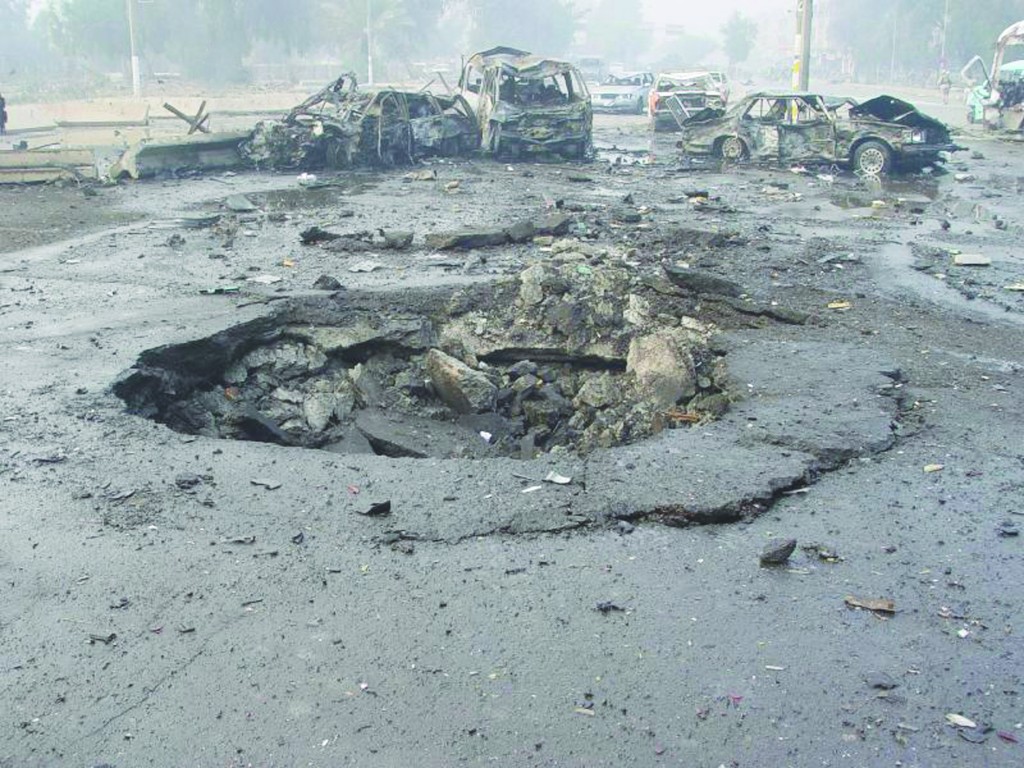 On the afternoon of March 15, 1999, Northern Irish lawyer Rosemary Nelson reversed her silver BMW out of the driveway alongside the house where she lived with her husband and three children and headed toward Belfast. She did not get far. Moments later, Nelson braked at the foot of the hill on which her home stood, activating an explosive device that had been planted the previous night by Loyalist paramilitaries (terrorists who wish to see Northern Ireland remain under British control). Badly wounded but still breathing, Nelson hung on for two and a half excruciating hours as the life slowly drained from her body, yet another victim of an Irish car bomb splattered across the bloody streets of Ulster.
On the afternoon of March 15, 1999, Northern Irish lawyer Rosemary Nelson reversed her silver BMW out of the driveway alongside the house where she lived with her husband and three children and headed toward Belfast. She did not get far. Moments later, Nelson braked at the foot of the hill on which her home stood, activating an explosive device that had been planted the previous night by Loyalist paramilitaries (terrorists who wish to see Northern Ireland remain under British control). Badly wounded but still breathing, Nelson hung on for two and a half excruciating hours as the life slowly drained from her body, yet another victim of an Irish car bomb splattered across the bloody streets of Ulster.
On the evening of April 12, 2019, a few weeks after the 20th anniversary of Nelson’s murder, this writer was at a hibachi restaurant in Warwick. At the bar were four white baby boomers, blue collar workers loudly sharing the brash confidence that particular generation likes the whole world to witness. One after the other after the other called for the bartender to make Irish Car Bombs, a notably Semtex-free cocktail available at most watering holes in the nation, before improvising other suggestions of their own: Kamikaze Krashland, Injun Ginocide, Queer Beer. Irked, and true to form, I politely, but firmly, challenged the tirade, focusing on the one area I could truly speak to: the Irish car bomb. I was born and raised in Belfast, but explaining this and the reality to the boomers was quickly lost. I was all but chased from the establishment when I drew a comparison between ordering an Irish Car Bomb and calling a cocktail a Twin Towers — context lost in a star-spangled rage of reactionary patriotism.
But the car bomb isn’t alone. One of the most famous is the widely held – if contested – assertion that the word “jimmies,” New England slang for chocolate sprinkles, derives from the Jim in Jim Crow. And even if the term isn’t based on a racist truth, a generational divide certainly exists with regard to its usage. At the tail end of last summer’s ice cream season, I overheard a late teen admonish her father for asking for jimmies at Newport Creamery, only to be joined in private, mumbled support by three other individuals standing in line. Times are a-changing when it comes to ice cream lingo.
But not, it seems, when it comes to alcoholic beverages named “in honor” – as one of the boomers put it – of Ireland. There is a second culprit lurking among the taps of your favorite local dive bar, the “black and tan” of Guinness and pale ale fame. Granted, this may sound like an innocuous reflection on the color of the drink, but the name black and tan comes from the nickname for a British Special Forces unit that terrorized civilians – see rape, murder, arson – during the Irish War of Independence. And that’s the last thing you want in your mouth on a Friday evening in Dublin.
So, let’s, I implore you, move away from misrepresentations of horror and neglect in the shape of everyday foodstuffs. For if we muddy the waters and forget the origins of idioms and words, we get disconnected from the reality of history, and that is a terrifying place to be.

